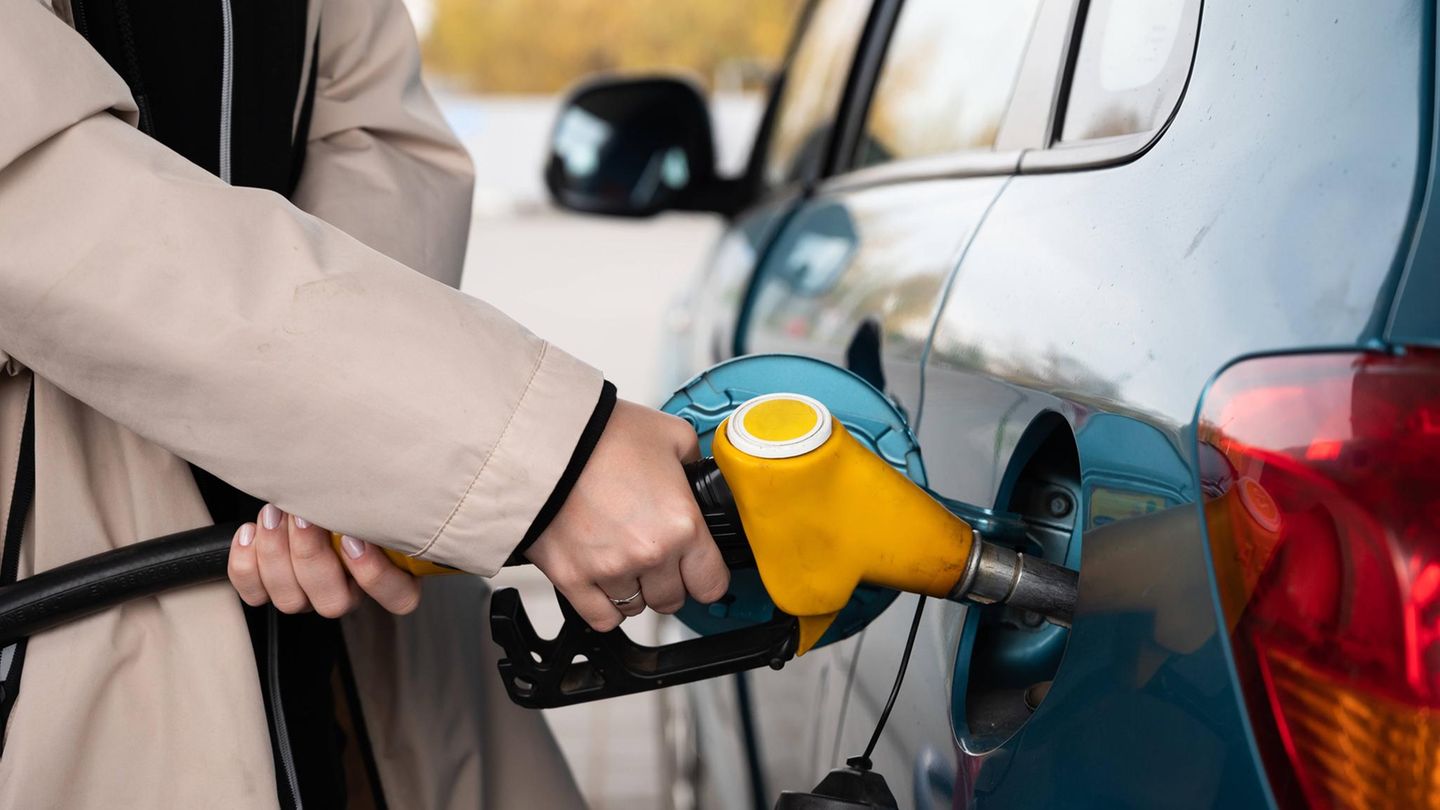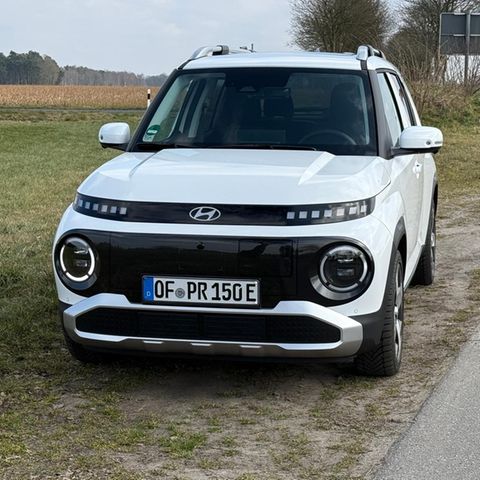mobility
That is why the fuel cap is not always on the same side
Copy the current link
Add to the memorial list
At some point you learned where the tank cover is – but why is it there? And how do you easily recognize the right side in the car?
Sure, at some point you know at which side the tank cover is on. But with rental cars, it can quickly happen that you drive to the petrol pump with the wrong side – and then either stress is announced with the tap pistol or parking. But why are not all of the tank lids of modern cars on the same side? A norm would certainly simplify life, right?
Why does everyone cook their own fuel cap?
The position of the fuel cap, as the saying goes, is historically grown and is related to the country of origin of the respective manufacturer. In the past there were tank columns in the immediate vicinity of the street – today’s large petrol stations were rare. So it was necessary to prevent drivers in danger when refueling and had to be right next to the street.
1881 until today: The history of the electric car is longer than expected
From 1881: Trouvé tricycle
It all started: As early as 1881, the French inventor Gustave Trouvé built the trouvé tricycle. It is considered the first real electric vehicle. The inventor used a three -wheel bike for the construction, which he mounted on the engine and battery. The engine power was 70 watts – that was enough for impressed masses at the time.
© Jacques Cattelin / CC BY-SA 4.0
More
Open the image subtitle
Back
Further
The fuel cap is therefore always on the side facing away from the traffic. However, this is not uniform worldwide- think of right-wing and left-hand traffic. For European brands such as VW or BMW, the tank cover is therefore on the right on the vehicle, i.e. on the passenger side. At that time you were protected on the street at the petrol pumps and can now also be safely on the roadside with a canister with an empty tank.
In other countries, such as Japan, left -hand traffic. Therefore, the position of the fuel cap for cars from there is also on the other side – at least for many models from Toyota, Suzuki or Mazda. The same applies to British vehicles, for example with Aston Martin.
But just because a car comes from a certain country does not automatically mean that the fuel cap must also be on the right side. There are no corresponding laws, at best it is, if applicable, a donkey bridge.
Small arrow in the car, great help with refueling
So if you sit in a car where you are not sure which side you should start the petrol pump, a look at the cockpit helps. Because with the fuel gauge, next to the symbol for the petrol pump, there is usually a small arrow to the left or right. This is not the direction in which the advertisement moves when the tank runs out, but the position indication for the fuel cap. If the arrow shows to the passenger side, you should drive to the left next to the column. If he points to the driver’s side, you should drive to the right of the petrol pump.
Incidentally, this rule of thumb only applies to combustion engines – with electric cars it slowly loses importance. In cars with a battery, the loading connection can be found elsewhere depending on the manufacturer and model. There are left laders (front or back), right loader (front or back), and Porsche, for example, even offers a connection on both sides. Some cars are even connected to the radiator grille at the front.
It can be doubted whether this is ever standardized. However, he already complained that “back left”, ie a connection on the driver’s side, was often “impractical”. This is in Germany – you guessed it – especially due to the charging stations on the side of the road. Because if the connection is for the cable on the driver’s side, you have to put the cable around the whole car and sometimes really put yourself on the traffic. In addition, there is a residual risk for the duration of the charging process that someone tears off the cable when driving past. And so the circle closes to the historical reason for the position of the fuel cap.
ch
Source: Stern
I’m a recent graduate of the University of Missouri with a degree in journalism. I started working as a news reporter for 24 Hours World about two years ago, and I’ve been writing articles ever since. My main focus is automotive news, but I’ve also written about politics, lifestyle, and entertainment.





